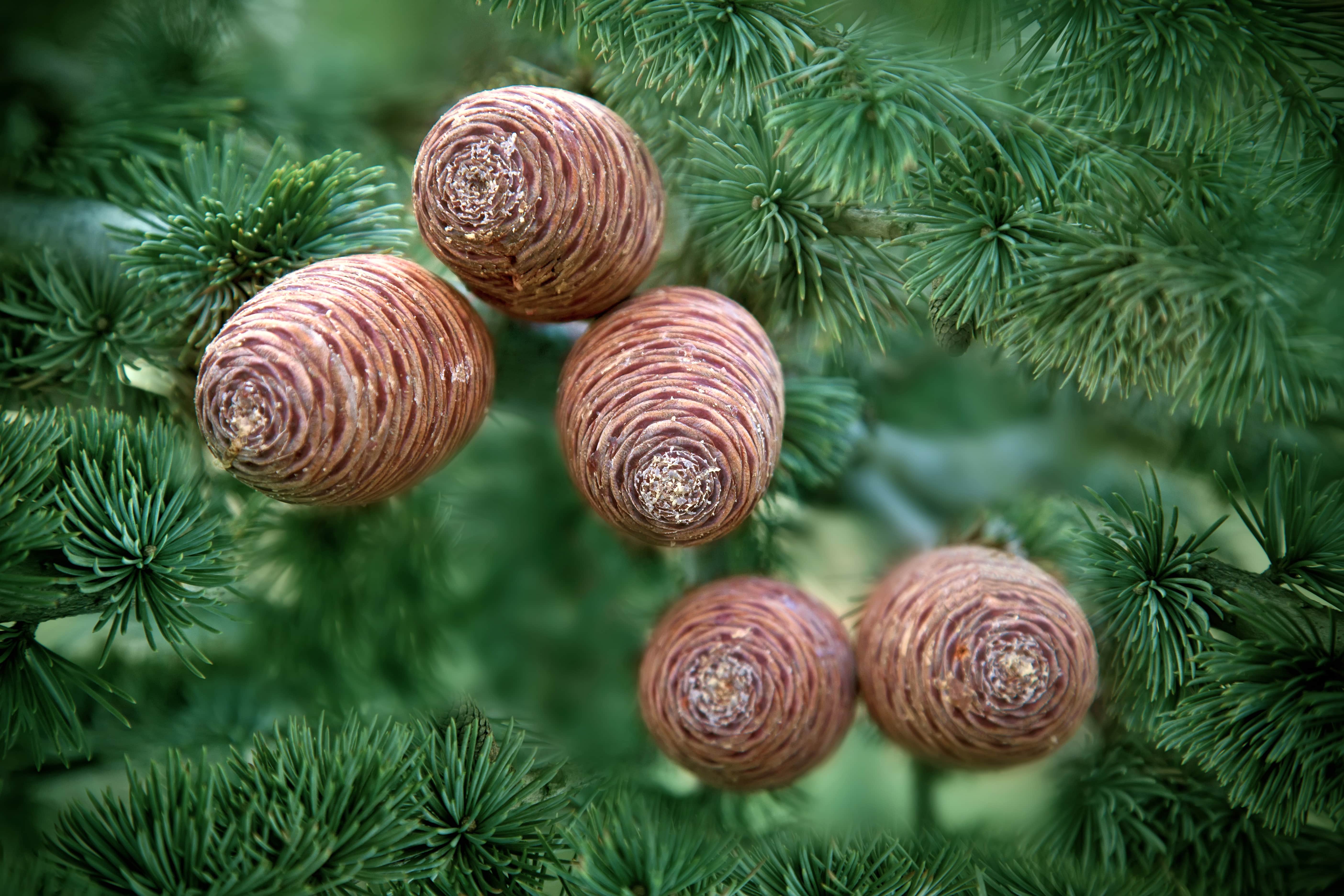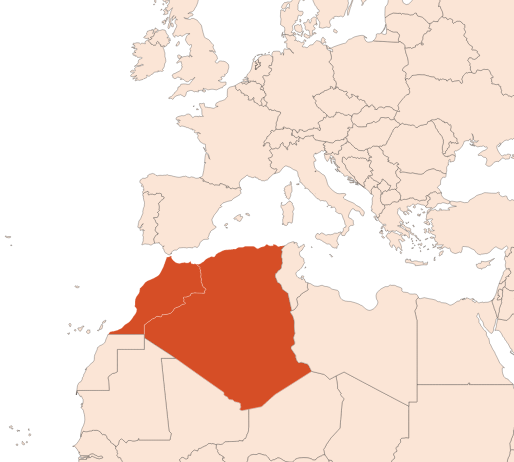Cedarwood Atlas EO
Naturelle
Woody > Cedar > Terpenic > Orange Blossom > Tropical Fruits

Crédits photo: ScenTree SAS
Latin name :
Cedrus atlantica
Botanical profile :
This tree is part of the Pinaceae family and the genus Cedrus.
Geographic origin :
Originally from the Atlas Mountains in North Africa, this cedar is now produced in Morocco and Algeria.
Chemotypes :
Today, we can count around 600 different species of conifer. Among them, the tallest (more than 100 m) and the oldest (more than 4 800 years old) tree on earth.
Cedrus genus is made of 4 major species :
Cedarwood Atlas EO - (Cedrus atlantica), majorly containing Himalaiene but containing very few Cedrene (≈2%) and no Cedrol.
Cedarwood Himalaya EO - (Cedrus deodara).
Cedarwood Lebanon EO - (Cedrus Libani).
Cedarwood Cyprus EO - (Cedrus brevifolia).
It is to be notes that many other essential oils are called ''cedarwood '' oil in perfumery. Their botanical genus is not the same for every one of them.
Cedarwood Virginia EO and Cedarwood Texas EO belong to the genus Juniperus (Juniperus virginiana, Juniperus mexicana), the one of Juniper tree.
Cedarwood Chinese EO and Cedarwood Alaska EO are Cypress trees, as they belong to the genus Cupressus (respectively Cupressus funebris and Cupressus nootkatensis ).
These ''false '' cedarwoods take their name from the presence of Cedrol in their oil, which is even more important for Alaska and Virginia cedarwoods.
Cedrus genus is made of 4 major species :
Cedarwood Atlas EO - (Cedrus atlantica), majorly containing Himalaiene but containing very few Cedrene (≈2%) and no Cedrol.
Cedarwood Himalaya EO - (Cedrus deodara).
Cedarwood Lebanon EO - (Cedrus Libani).
Cedarwood Cyprus EO - (Cedrus brevifolia).
It is to be notes that many other essential oils are called ''cedarwood '' oil in perfumery. Their botanical genus is not the same for every one of them.
Cedarwood Virginia EO and Cedarwood Texas EO belong to the genus Juniperus (Juniperus virginiana, Juniperus mexicana), the one of Juniper tree.
Cedarwood Chinese EO and Cedarwood Alaska EO are Cypress trees, as they belong to the genus Cupressus (respectively Cupressus funebris and Cupressus nootkatensis ).
These ''false '' cedarwoods take their name from the presence of Cedrol in their oil, which is even more important for Alaska and Virginia cedarwoods.
Extraction process :
The atlas cedar, or blue cedar or silver cedar, can grow up to 40 meters high. It is more imposing than other species of the genus Cedrus. It is distinguishable from other cedars because of its erect branches and short needles (which do not exceed 3 cm length). The cultivation of Atlas cedar requires a well-drained soil regardless of the nature. It resists the cold winter on the heights and the summer drought. Propagation of a crop is preferably done by seed sowing rather than by cuttings.
In cultivation throughout the year, the trunk of the tree is cut and milled to optimize the extraction yield. After a steam distillation, the essential oil of cedarwood is collected in an essencier by decantation.
The Atlas cedar extraction yield can reach 5%.
In cultivation throughout the year, the trunk of the tree is cut and milled to optimize the extraction yield. After a steam distillation, the essential oil of cedarwood is collected in an essencier by decantation.
The Atlas cedar extraction yield can reach 5%.
Major Components :
Alpha-Himaialene
gamma-Himalaiene
alpha-Titlantone
delta-Amorphene
Alpha-Cedrene (1,5%)
gamma-Himalaiene
alpha-Titlantone
delta-Amorphene
Alpha-Cedrene (1,5%)
- Uses in perfumery :
- Not much used due to the particularity of its note, which is difficult to integrate into composition, and its price.
- Other comments :
- This cedar specificity is that it does not contain any Cedrol. For this reason, its smell is very different from other cedars.
This species is currently listed as ''endangered '' by the International Union for Conservation of Nature (IUCN).
Atlas cedar has long been assimilated to a subspecies of Lebanon cedar (Cedrus libani), less elongated and with less longevity.
Several diseases can affect the Atlas cedar. Attacks are perpetrated by processionaries (insects specialized in attacking a species of tree): the Thaumetopoea bonjeani in the case of the cedar. Other insects can cause desiccation of the bark and fungi make the wood rot.
In the past, the resin of this tree was used to embalm the mummies. - Volatility :
- Base
- Appearance :
- Amber liquid
- Stability :
- The terpenes identified in this raw material can polymerize when they are oxidized
- Price Range :
- €€€€€
- Aromatherapy :
Informations provided below are taken from reference works in aromatherapy. They are given for information purposes only and can not constitute medical information, nor engage the responsibility of ScenTree.
Atlas cedar is renowned for its arterial, lymphotonic (activates blood circulation in the lymphatic system) and lipolytic (helps in lipid digestion) regenerative properties and is indicated for cellulite (lipid retention) and atherosclerosis (deposit of lipids in the arteries).

Crédits photo: ScenTree SAS
- EINECS number :
- 92201-55-3
- FEMA number :
- Donnée indisponible.
- Allergens :
- This ingredient does not contain any allergen.
- IFRA :
- This ingredient is not restricted
To learn more about IFRA's standards : https://ifrafragrance.org/safe-use/library
ScenTree is solely responsible for the information provided here.


